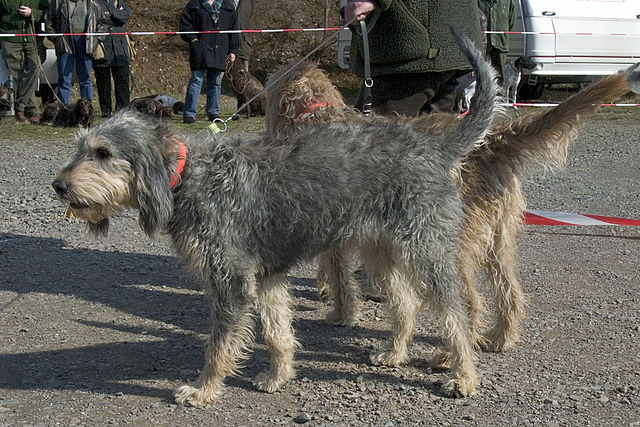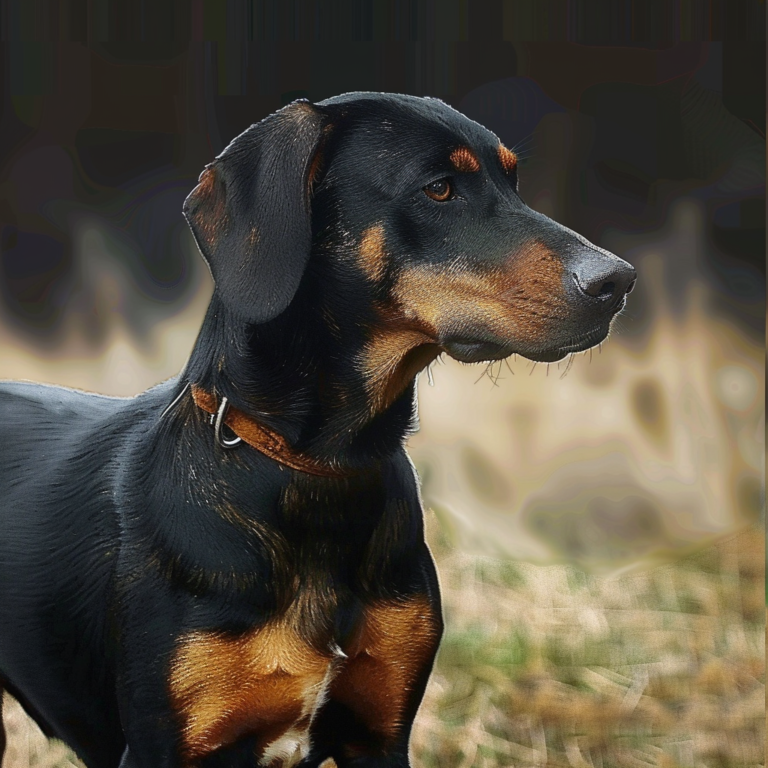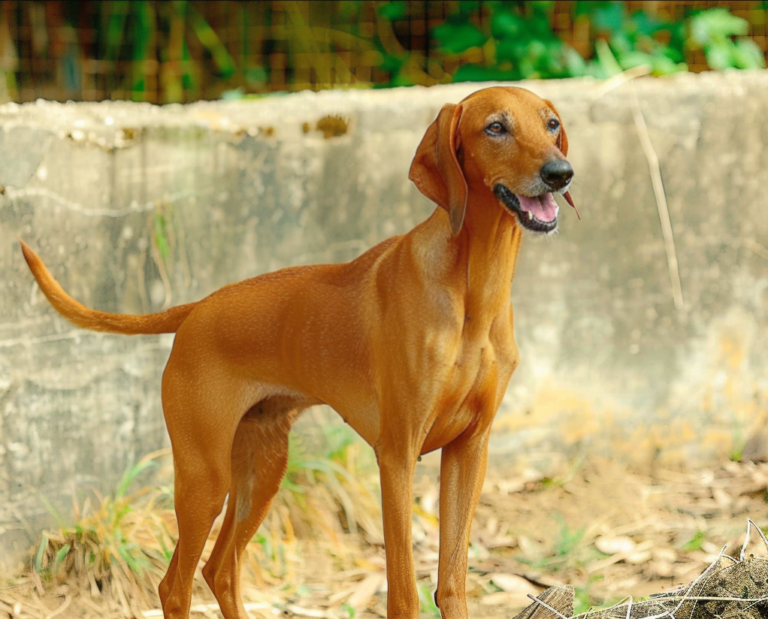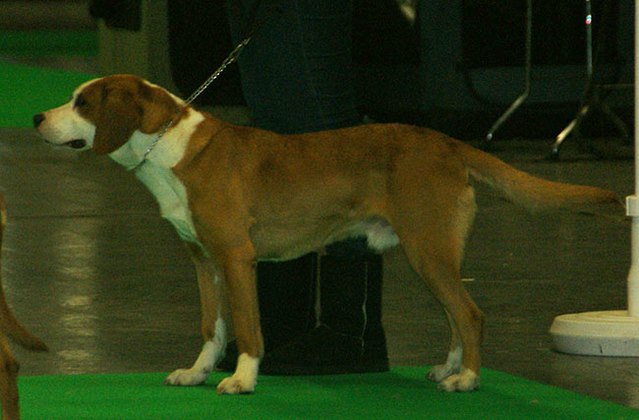The Griffon Nivernais was originally used by farmers in central France to control the wild boar and wolf populations from encroaching onto their properties. This wirehaired scenthound is a specialist when it comes to hunting the wild boar, and has been doing so for hundreds of years! After the French Revolution, numbers dwindled and it was only through crossing the breed with English Foxhounds and the Grand Griffon Vendeen that this breed was able to survive. This increased his size as well as his speed. The Nivernais is quick on his feet when he needs to be, but retains a great endurance for working as well. Historically, the breed would often hunt at night either alone or in a pack and although his specialty is boar, he is able to hunt small game as well.
The Nivernais is said to be “difficult to discipline” because of his independence and his high prey drive which causes him to get distracted easily. It can also be hard to train him to be silent as he is a naturally loud hound. This said, he should be given obedience training starting early in life and ideally also given regular mental exercise to keep his brain sharp. Dog sports such as tracking are great ways to work out both his body and mind! Keep in mind that scenthounds benefit from staying on lead or in a fenced area if they haven’t been given extensive off-leash training lessons as they are very likely to go chasing after prey-type animals even with the owner present. The Nivernais is very stubborn and single-minded when he catches scent of something interested and more prone than other breeds to ignore a recall command.
Griffon Nivernais are medium to large in size. The coat is a distinctive feature and is medium to medium-long in length, rough textured, and shaggy in appearance. There is a semi-prominent amount of hair on the face giving the breed a mustache, beard and eyebrows reminiscent of an old man. The body is rectangular in shape, being slightly longer than tall. The ears hang to the sides of the face and are long enough to reach the nose when pulled forward. Colors are distinctive and include several shades of gray/tan (including wolf gray, blue gray, and wild boar gray complemented with tan points on the head and legs), or fawn (mixed with white and blacks).
Nivernais enjoy the outdoors and are always up for whatever physical activity is given to them, so they are only recommended for active families living in homes with fenced yards. They need a lot of exercise in order to be happy and well-behaved and otherwise might be too active of a dog for sedentary owners. An hour a day is considered the minimum amount of time needed although two hours is preferable. When out on walks, prospective owners should expect to be approached often as these dogs are crowd-pleasers both because of appearance and rarity! This is a very rare breed that, although is recognized by the UKC, is infrequently seen outside of France.
The Griffon Nivernais is fearless when it comes to facing down some of the most dangerous predators, however is friendly and affectionate with his human family. He gets along with children and is fairly patient, although needs supervision around younger kids. He may take a while longer to warm up to strangers but is not known for being an aggressive breed. A properly bred, properly raised Nivernais has a stable, down-to-earth temperament. He does need the regular companionship of his owners, however, and doesn’t like to be alone.
The Nivernais generally lives around 11-14 years and is a very healthy breed overall, particularly his nose and sense of smell! His coat doesn’t shed a particularly large amount nor does it require a ton of grooming. A good brushing once or twice a week is recommended, although the coat should be periodically stripped a few times a year like many wirehaired coats. He also benefits from having the hair around his eyes trimmed just enough to keep it from bending into his eyes, and keeping hair plucked from the ears will help air circulate and prevent ear infections. With a bit of learning, an owner can learn to do all of this upkeep themselves.




